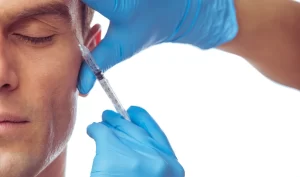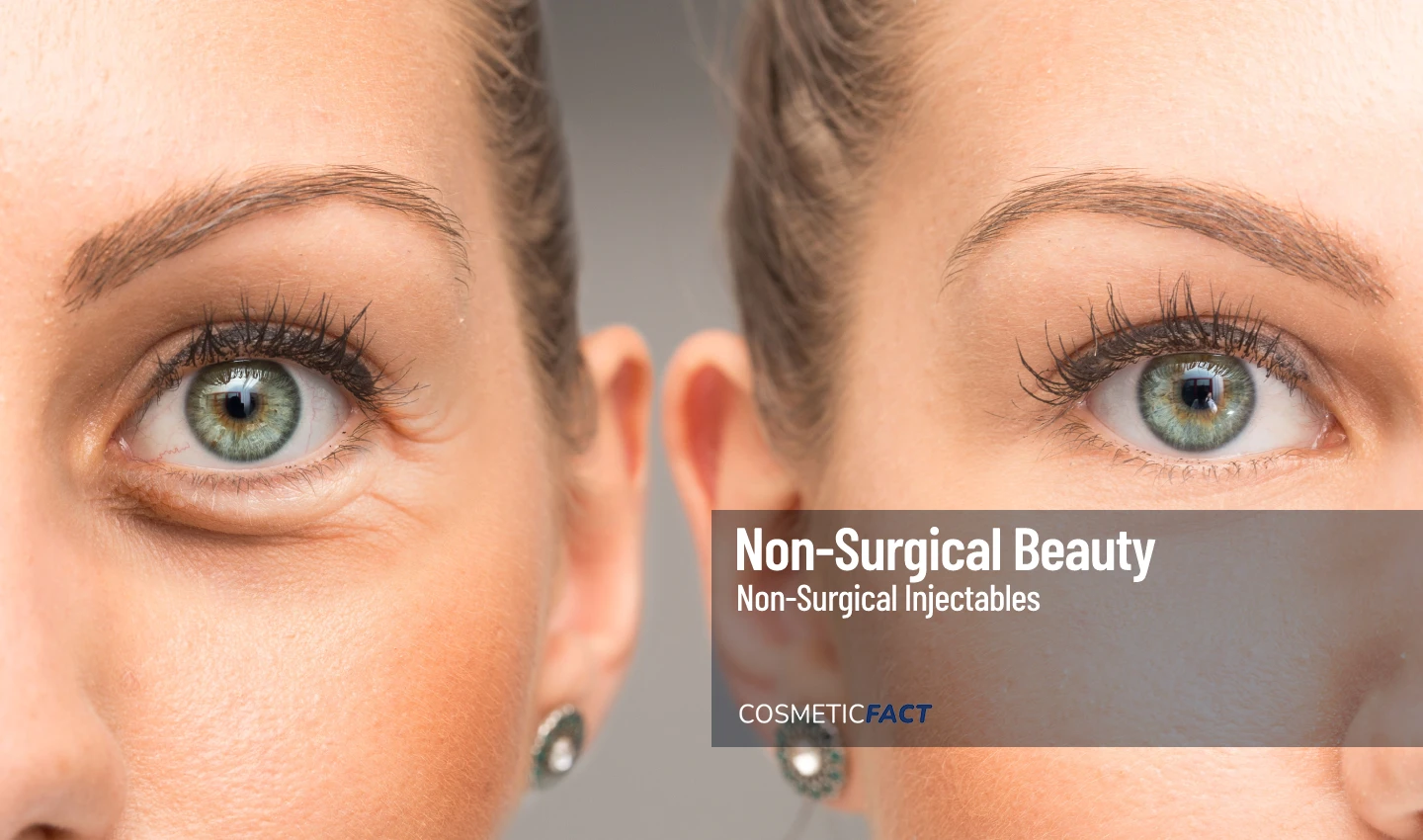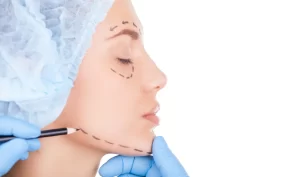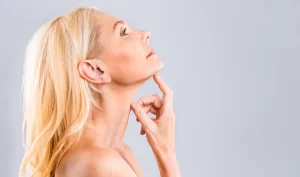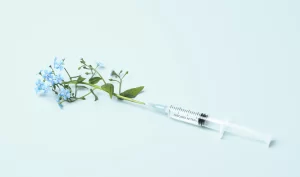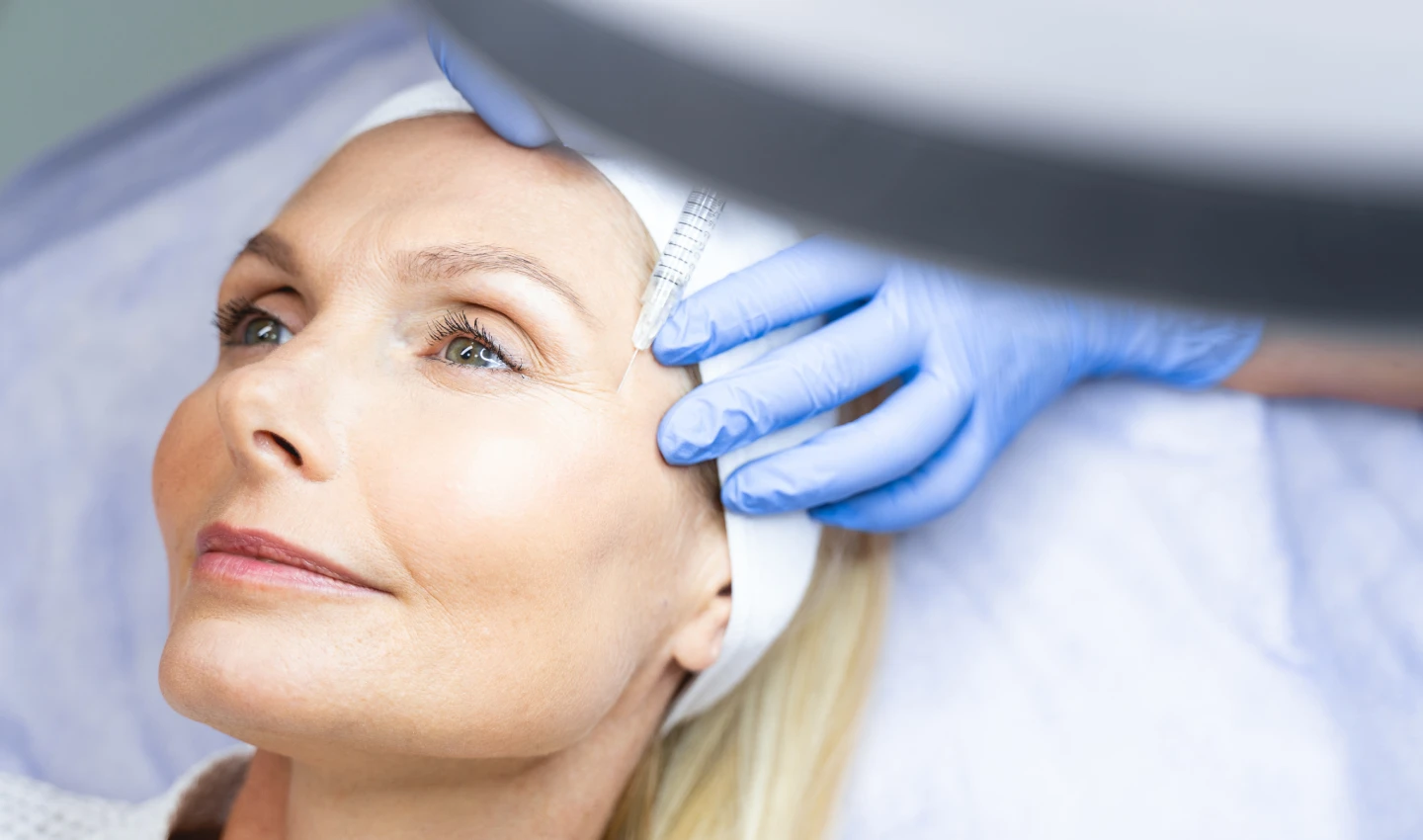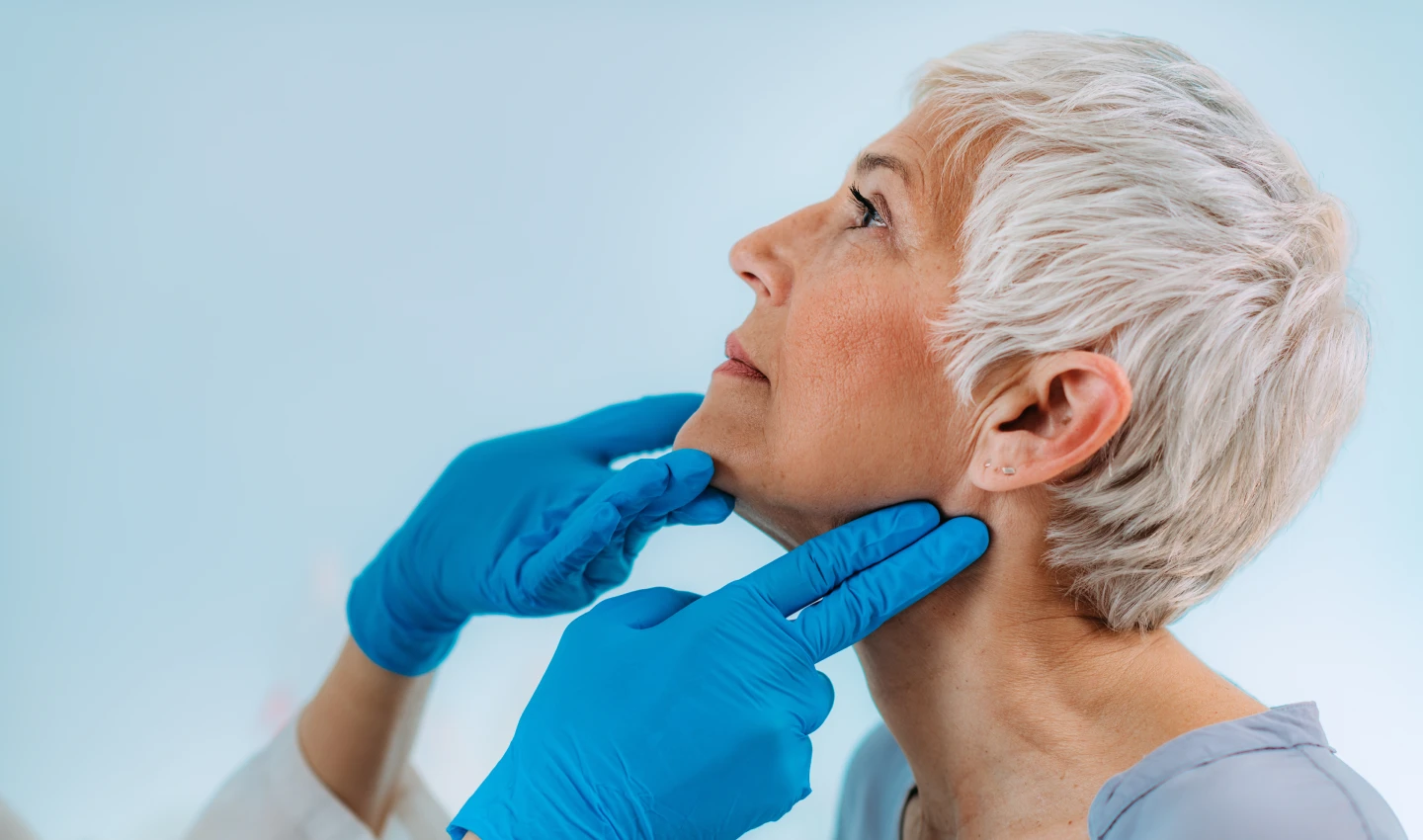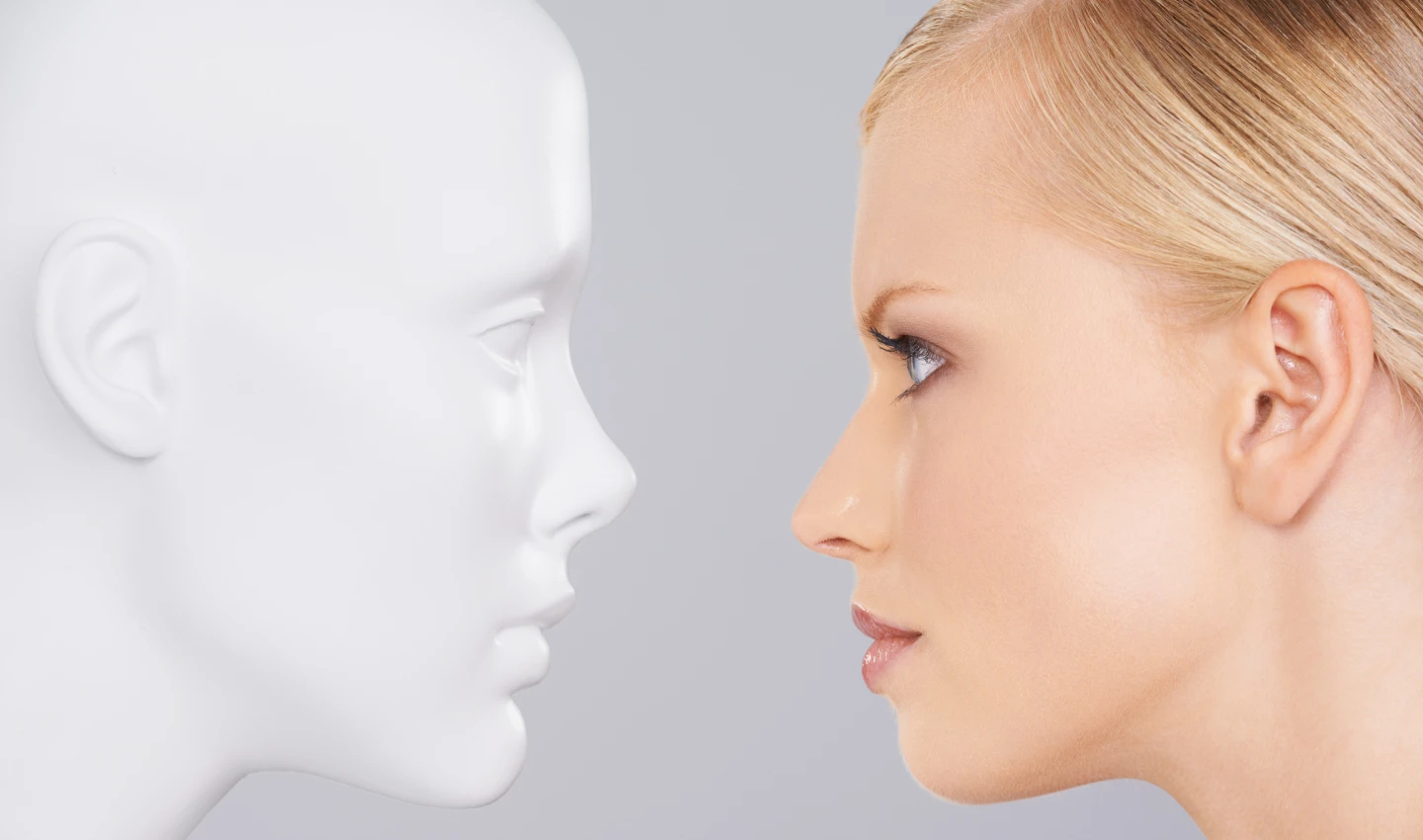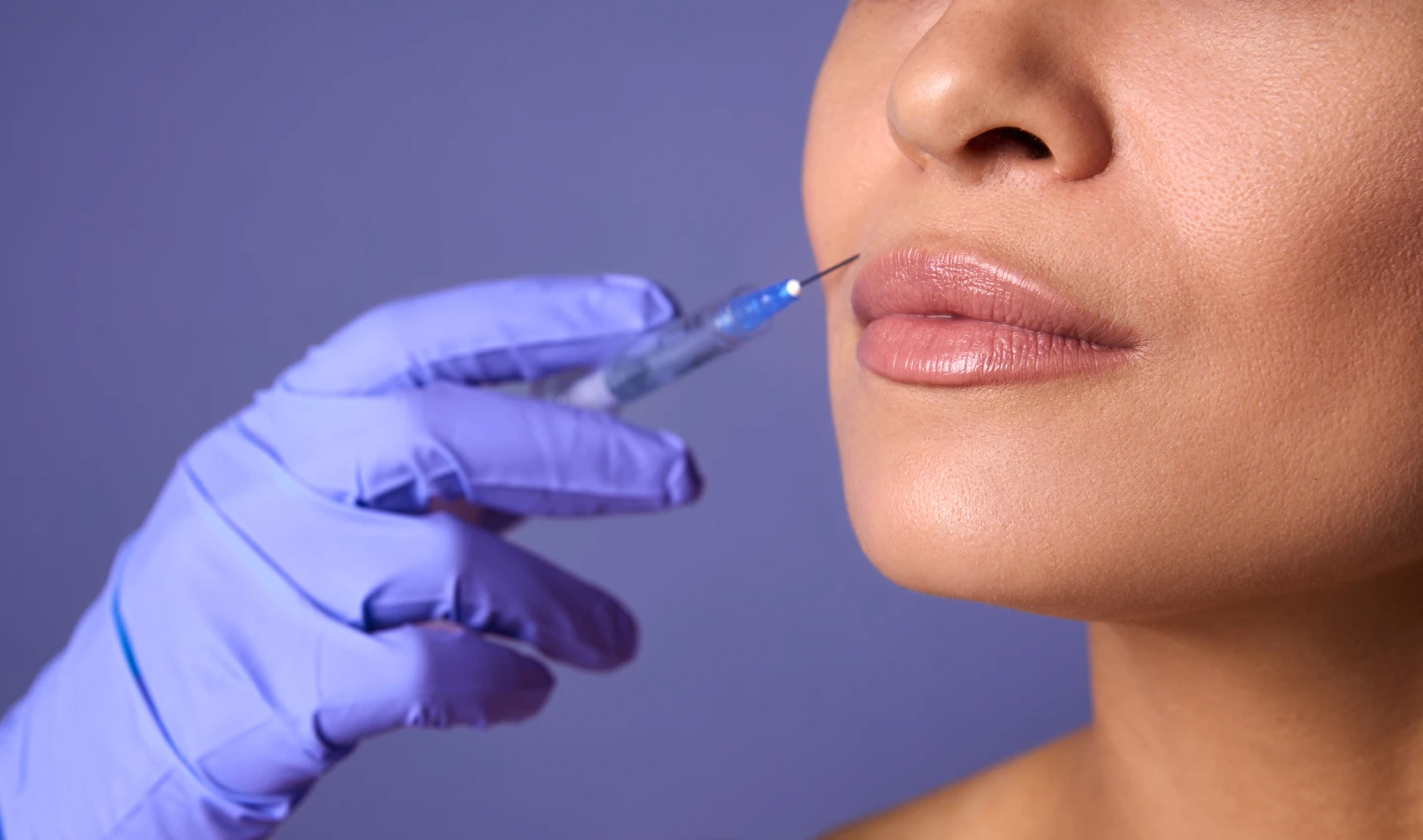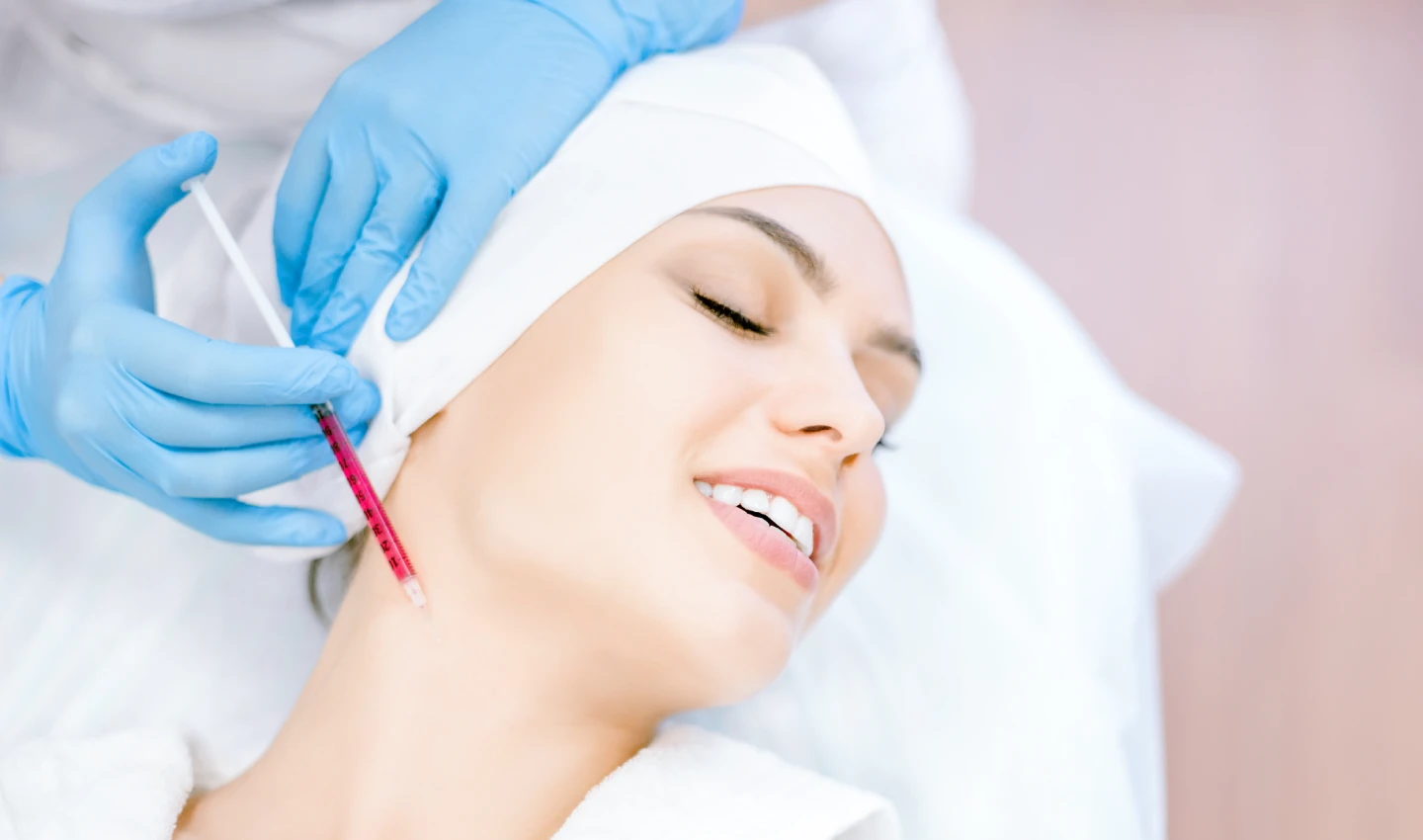What are Under Eye Hollow Treatments?
Revitalizing Dermal Fillers
Dermal fillers serve as a popular approach for enhancing the volume beneath the eyes, offering a more youthful appearance. These injectable solutions come in various compositions, such as hyaluronic acid, calcium hydroxylapatite, and poly-L-lactic acid, each designed to rejuvenate the delicate under-eye region.
Hyaluronic acid is particularly favored for its efficacy in the under-eye area due to its inherent role in the body for maintaining skin moisture and fullness. When injected into the tear trough—the area where the lower eyelid meets the cheek—HA fillers can dramatically revitalize the under-eye zone.
Results from filler treatments can be appreciated almost instantly and may endure up to a year, varying by the selected filler and the individual’s unique metabolic rate.
Fat grafting, or fat transfer, is a more comprehensive procedure that relocates fat from one’s own body—typically the abdomen or buttocks—to the under-eye area. This technique starts with the extraction of fat via liposuction, followed by purification, and ends with precise injection beneath the eyes.
As a surgical option, fat transfer tends to offer durability in its results, providing a lasting solution compared to non-surgical alternatives.
Chemical peels utilize specific solutions to delicately peel away the outer layers of skin, aiding in cell turnover and revitalization. They range from superficial peels, which address minor skin imperfections and require minimal downtime, to medium peels targeting deeper wrinkles, and up to deep peels for profound skin issues like severe sun damage.
Each level of chemical peel assists in enhancing skin texture and can contribute to the softening of fine lines around the eyes.
Innovative Laser Therapies
Laser treatments are at the forefront of stimulating collagen production and enhancing skin quality around the eyes. Collagen, the protein responsible for skin firmness and elasticity, can be encouraged to proliferate through various laser modalities.
Fractional laser therapy, for instance, delicately creates micro-wounds in the skin, which triggers the natural repair processes and leads to smoother skin. On the other hand, ablative laser treatments focus on removing the superficial skin layers, prompting regeneration and significant improvements in deep wrinkles and pigmentation.
Wellness and Lifestyle Adjustments
Complementing clinical treatments, adopting healthier lifestyle practices can also contribute significantly to skin vitality. Consuming a balanced diet replete with nutrient-dense foods can support skin health, while sufficient restful sleep—around 7 to 8 hours—helps prevent a tired, hollowed look under the eyes.
Additionally, staying well-hydrated is crucial; it’s recommended to drink at least eight glasses of water daily to maintain skin hydration and to help mitigate the sunken appearance of under-eye hollows.
